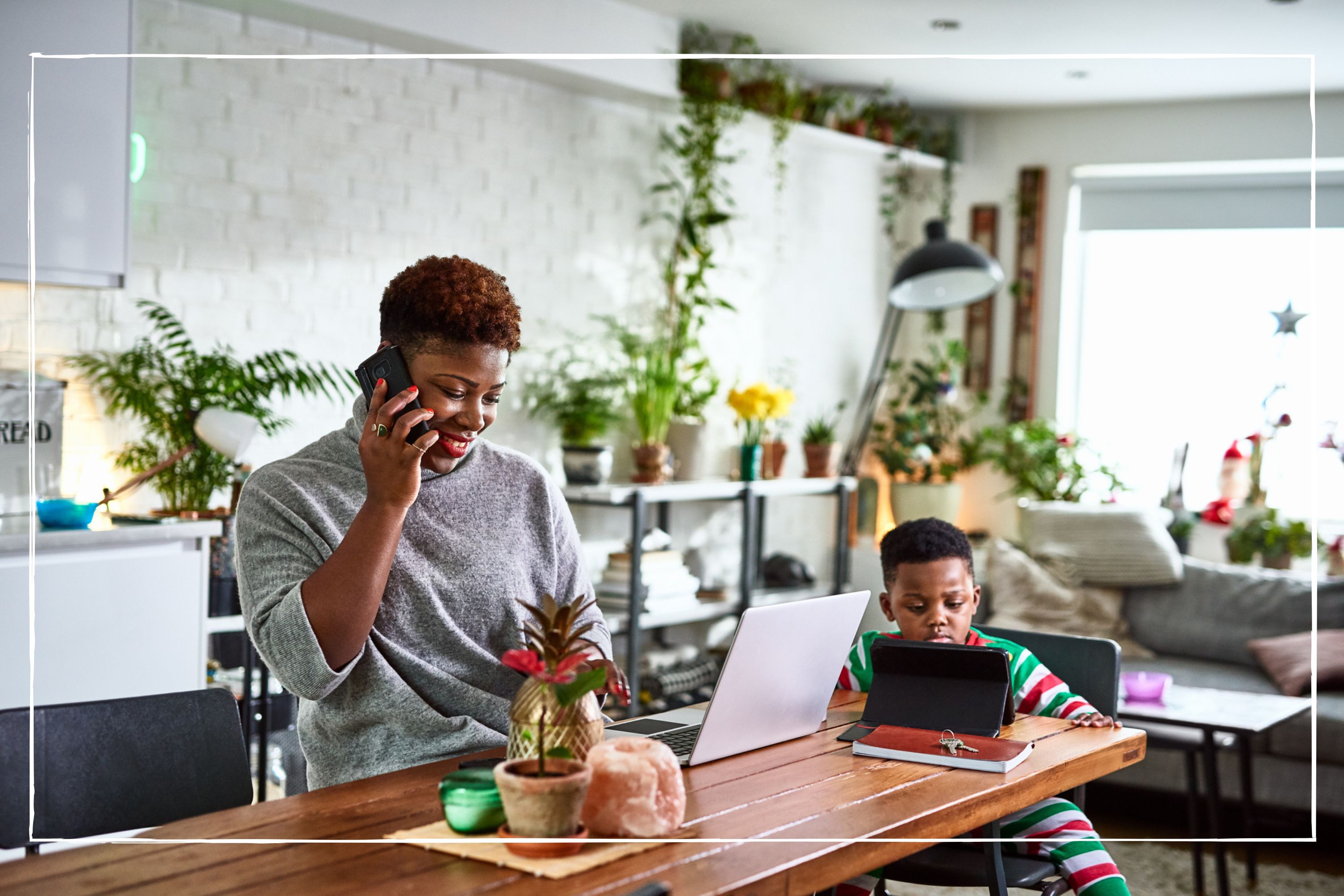How to sell your old gadgets and earn some extra cash
Find out how to sell your old gadgets and give your bank balance a much-needed boost in the process


Knowing how to sell your old gadgets can be a great way to make some extra money. Most of us have a variety of unwanted gadgets gathering dust in a cupboard at home. But with the cost of everything from food to energy bills on the rise, now is the perfect time to stop procrastinating, get decluttering and find out how much cash you could get for selling those old items. While you're decluttering, you might also want to sell your unwanted clothes too.
A study by global technology firm OKdo found that the average UK household has 60 items of old and unused tech lying around, and these have an average trade-in value of between £100 and £7,750.
Tim Brennan, global digital director at OKdo told us: “Trading in old tech items is not only a good way to make extra cash, but it also ensures your old gadgets don’t end up in landfill and cause harm to the environment.”
Gadgets can include any electronic devices, such as mobile phones, laptops, smart watches, cameras and games consoles. So if you have any of these items to get rid of, here’s how to sell them.
How to sell your old gadgets
There are a number of different ways you can sell your old gadgets to earn some extra cash. Andrea Knowles, personal finance expert at vouchers.co.uk advises: “The best way to sell your gadgets is to have a quick look online. There are various comparison sites that will show you which company will offer what for the devices you want to get rid of. It’s then a case of boxing your gadgets up and posting them off.”
Some of the comparison sites and recycling websites that are worth looking at include:
If you’d prefer not to post your items, EcoATM has kiosks at 180 locations across the UK in major shopping centres as well as stores like Sainsburys. The selling process takes around 10 minutes and the majority of payments land in the user’s bank account within 90 minutes. Some kiosks even give instant cash right there and then. MusicMagpie also has automated kiosks in some Asda stores which work in a similar way.
GoodtoKnow Newsletter
Parenting advice, hot topics, best buys and family finance tips delivered straight to your inbox.
Another option is to explore how much money you might get from certain providers. For example:
- Apple lets you trade in an old device for credit towards your next Apple purchase, or for an Apple gift card to use at any time.
- The Amazon trade-in programme lets you trade in items such as Kindle e-readers, Fire TV streaming devices, Alexa Echo smart speakers and Ring doorbells for an Amazon gift card and a discount on the purchase of a newer device.
- Three also offers a recycling scheme where you can get paid for your phone, tablet or wearable device.
- With EE you can trade in your old device and use the value towards benefits like your early upgrade fee, the upfront cost of a new device, new accessories or to pay off your next bill. Or you can have the money transferred to your bank account.
Alternatively, you could look to sell items on places such as Facebook or eBay, or even offer to sell your old phone to a friend, as long as it’s in good working order.
How much money can I typically get for selling my gadgets?
Below is a table with some of the most popular gadgets you could sell and how much you might earn for them.
| Item | Potential selling price |
|---|---|
| Google Pixel 4 128GB (unlocked) | £121 |
| Apple iPhone 11 256 GB (unlocked) | £282 |
| MacBook Air Core i5 1.3 11” 4GB | £65 |
| Samsung Galaxy S9+ 128GB (unlocked) | £100 |
| Apple Watch Series 4 GPS 40mm | £85 |
| Nintendo Switch Lite | £70 |
Source: MusicMagpie. Prices correct at the time of writing.
Note that the price you actually get for each item will depend on whether the item is in good working condition, whether it’s faulty or damaged, and whether it includes a battery and charger. For mobile phones, the price can also depend on what network it uses - you’ll generally get more money if your phone is unlocked.
What should I do before selling my gadget?
Before selling any gadgets, you’ll need to make sure that all personal data, including passwords, photos and videos, has been removed to reduce the risk of financial fraud.
Dan Hatfield of pawnbrokers London Road Jewellers told us: “This process is pretty easy, however older tech may be a little harder and each gadget will have different methods of erasing and reverting to factory settings. Don’t be daunted though - remember that with the internet we have the world's biggest library at our fingertips and just by searching how to erase data on your gadget, you will get the results you need to rest easy when selling.”
As an example, if you have an iPhone, you’ll need to go to the settings menu, select General > Reset > Erase All Content And Settings. With an Android smartphone, you'll need to find the factory data reset button. This can vary depending on your phone, but it’s often found by tapping on Settings > System > Reset Options > Erase All Data (Factory Reset).
Alternatives to selling your old gadget
If you are unable to sell some of your old gadgets, you could donate or recycle them instead. Tim Brennan of OKdo says: “If your device isn’t in working condition and can’t be refurbished, you could start by researching collection points around you. Electrical items usually contain materials such as gold, copper and cobalt, which can be extracted and potentially reused in new products when the old devices are recycled correctly. This could also mean a reduction in the risk to the environment linked to extracting these finite resources from the Earth.”
You can’t usually hand over unwanted tech to charity shops, but the British Heart Foundation will take some items so it’s worth checking with them to be sure.
Alternatively, Three’s Reconnected scheme enables you to donate your old phone to help disadvantaged people get connected, and offers the recipient six months unlimited data, calls and texts. WeeeCharity will also collect electrical goods free of charge which it then recycles, refurbishes and resells, while the Restart Project can help you donate computers or laptops locally, as well as work out what to do with broken electronics.

Mum of two, Rachel is a freelance personal finance journalist who has been writing about everything from mortgages to car insurance for over a decade. Having previously worked at Shares Magazine, where she specialised in small-cap stocks, Rachel developed a passion for consumer finance and saving money when she moved to lovemoney.com. She later spent more than 8 years as an editor at price comparison site MoneySuperMarket, often acting as spokesperson. Rachel went freelance in 2020, just as the pandemic hit, and has since written for numerous websites and national newspapers, including The Mail on Sunday, The Observer, The Sun and Forbes. She is passionate about helping families become more confident with their finances, giving them the tools they need to take control of their money and make savings. In her spare time, Rachel is a keen traveller and baker.